|
Happy Rain GIF By Philippa Rice
SPRING CITY Word count: 62 Spring arrives Sidewalks bloom Flower stalls curb The winter gloom Pigeons flutter In hidden nooks Warming eggs With skyward looks Raindrops patter Children greet The fresh-washed scent Of wet concrete Storm clouds gather Umbrellas grow Shielding shoulders hunched below Oil slicks swirl Curb-waters climb Soggy shoes get A rainbow shine Grey clouds thin Puddles glimmer Warm smiles blossom As sunlight shimmers Congratulations #springflingkidlit entrants and winners for creating all the fresh spring mini-stories. Thank you @KaitlynLeann17, @CiaraONeal2, @DifferentAshley, @GuestJudge, and all the prize donors for the inspiration. I'm happy Spring City earned one of three honorable mentions for best imagery.
1 Comment
I had so much fun designing the cover and innards of this book for award-winning author, Valerie Hobbs' third story in the SHEEP series, RUSTY. Rusty is Jack the border collie's granddog and he's different from the rest. He's half dog and half coyote—a coydog—and has a tough time figuring out his place in the world, especially one filled with sheep and chickens.
Valerie's writing gets right inside her characters' heads (whether they're human, dog, or something else) and gives her readers a warm, honest story—plus an understanding of more than what's said. Carol Heyer painted the wonderful cover illustrations (there's another beastie on the back cover). Plus, Carol's pencil sketch was so lively we asked to use it inside the book. Click here and scroll down to Middle Grade Books to see! One especially lucky thing happened during the book's development. I met a real coydog (and her person) on a neighborhood walk! She was an older dog, but I could tell right away and asked. When her person heard about Rusty, she sent us photos of her coydog's younger days for reference. We framed a print of the illustration and gave her a copy of the book in thanks. Check out RUSTY on Amazon and for those who want to "Look inside" in person, it will also be available at Chaucer's Books in Santa Barbara, California. I'm a bit late in saying this, but I'm so darn proud of all of our work on this book's birth, I will anyway--Happy Book Birthday, RUSTY! 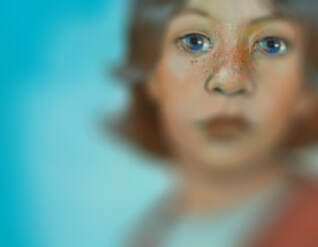 Languishing sounds like it belongs to someone in the 1800s, sprawled across a divan in rumpled (yet stylish) clothes, sighing tragically between ominous coughs. But as the opposite of flourishing—I get it. Adam Grant wrote an article in the New York Times that used this word to describe what might be the dominant emotion of 2021. He pegged it as the condition between doing well and depression—what many were experiencing due to the long haul effects of the pandemic. 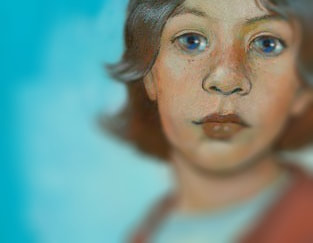 The article stuck with me, and when I shared it with friends, it stuck with them, too. That’s because, with the world partly desperate and partly on hold, most of us were feeling a duller version of ourselves. We were less motivated, less focused, relying on somewhat empty comforts instead of breaking through the fog or restlessness that snuck up when we weren’t looking. We weren’t depressed, but we were changed. The feeling of languishing had gone chronic. The tricky bit is—it feels permanent. But that’s not necessarily so. Languishing is such a passel of vague feelings, it can slip into depression or other serious conditions. So let’s not let it. When the pandemic hit, I was worried, like you’d expect, but had the advantage of having been a freelancer for ages. I was used to working from home. Had pushed through the wonder that was a full kitchen with coffee that tasted just how I liked. Knew how to handle deadlines without a boss on the premises. And regularly worked mornings in my PJs. My mom lived next door so we treated our two little houses as one household. She had her little dog and I had two cats. We stayed safe. Our family and friends stayed safe, too. As the pandemic wore on, some of us experienced overwhelming sadness, worry and sudden loss. It hurt. It all hurt. But there were sparks of good, too. Friendships deepened. Vaccinations happened. When the Illustrators’ Table group met via Zoom, it took a while to get used to, but it was a relief to see their faces and share what work and workarounds we’d managed. I was still somewhat busy. Writing poems at first, but those dwindled down. Sketching more lively scenes for a picture book dummy, but that slowed down, too. Researching agents, but again . . .. Yeah. 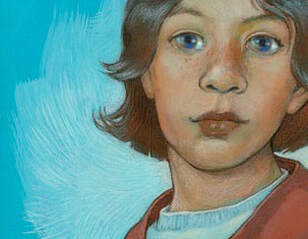 Until Grant's article, I hadn’t been able to pin down what was happening. I wasn’t depressed, yet, but something was off. However unfit that word seemed, I was languishing. I'd already been making small meaningful changes—the way I’d learned to fight depression in the past. I was walking more. Reading instead of streaming a show at lunch. And a good friend and I began having dinner together via video calls, sharing ideas and ways to cope with just about everything. All those things are normal to me now and they helped. But I wasn’t “there” yet. Due to having to replace a dead computer, I was learning three new programs and was still freaking out about them when two things happened: 1) I was able to reformat my middle grade manuscript from the jumble that was left after the switch from Word to Pages, and 2) a middle grade cover design project morphed into also handling the design and layout of the book’s interior. (I did warn the client about the new programs.) It was the commitment that made me plow through that uncomfortable feeling of ineptitude, getting used to unfamiliar processes to accomplish the same things I’d done easily with Photoshop and InDesign. Something clicked after that. Maybe it was the design approvals and conquering these technical hurdles faster than expected. It knocked me into a more capable frame of mind. Adam Grant mentioned naming and not glossing over the problem might be a first step. I’d done that when telling friends about his article but started writing this post to sort of weld it into my brain. It helped me notice just how much languishing affected me. Once I could see it, I could do something about it. I started going to bed earlier to make some uninterrupted time in the morning to write. Next, I’m going to set aside a regular time to work on illustration. I am better, but change is constant, even in what I hope is the wind-down of the pandemic. I’m keeping a watch for depression, sure. (Doing that since a teen.) But I’m also wary of that silly-sounding condition that’s the opposite of flourishing. I hope all those who find themselves in similar digs, find their clicks—their solutions. Flourish onward. ~ Siri Check out Grant’s article, he has more antidote ideas, too: https://www.nytimes.com/2021/04/19/well/mind/covid-mental-health-languishing.html (You can collapse the panel on the NY Times site that asks you to subscribe, as this is an article related to coronavirus coverage, which they are providing gratis. There is also free account with limited access, which is what I have.) "Welcome back!" the sign-in screen says as I begin to update the W.I.P. page of my site. It's been a while. A worldwide virus. A worldwide civil rights protest. A mourning in our family among so many others'. And a time to struggle forward. So the little greeting stretches a smile across my face at the same time as my eyes well up.
Silly, I know. But crying's good. It staves off depression and fuels desire for change, despite the limits of a world compressed to my mom's and my homes, phones, books, screens, walks and grocery stores. Donating what I can to causes, grieving/healing with my family, and personal work are things I can do. So. Aside from weeding and cleaning, I'm writing, sketching, painting, scanning, designing, or researching a little, every day. Anything to move forward even just a bit. I hope you are finding your way through this time, too. Working on a new style for an early graphic novel has been liberating. And frightening. After all, this style seems limited to the project. But none of my old methods fit for it, so . . ..
This long initial stage already had me feeling vulnerable, but knowing the character and not being able to catch his/her/their face was completely unsettling. Should I submit the dummy and say, well, someone else should illustrate the book? There are so few words, the manuscript would be mostly illustration notes to show what was happening. No, who would want to trust that? I’m an author-illustrator at heart, thinking in scenes. All my stories for young children are spare with the words. Character shown visually is a big part of how I write. When you do that, words need to work extra hard with strong support from the pictures. It needed to be me. Turned out, it was a good idea to complete the 64-page dummy. It gave me a certainty about the feel and pacing of its three stories. It also clarified what I needed in the missing face (which looks suspiciously like a certain rescue cat.) 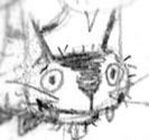 Here’s part of a sketchbook page with a possible good one. I like the innocence and playfulness plus the potential to be very catlike—which is to say at the very least a teensy bit troublemaker-ish. The main cat’s face is starting to feel right. I’m going to try it out and see if it works.
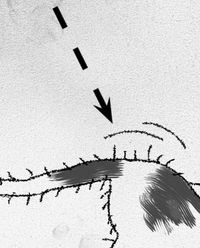 Sometimes I wish I studied cartooning along with illustration and graphic design. I would already be used to something like this new style I’m attempting. Maybe then I wouldn’t have such pesky difficulties to struggle over. But for my early graphic novel, I’m aspiring to a slightly cartoony style for younger children—different from the odd not-quite-cartoony style used long ago for Boston Magazine and my regular not-quite-realistic children’s illustration styles. Going for a specific level of grunge and bad drawing with over-enthusiastic claws and tiny fangs is chancey stuff. It tends to be a difficult leap from 22 years of illustrating children's educational, trade nonfiction, and magazines . . . mostly done on tight schedules . . .. Actually, practically everything . . . except my own illustrations and writing . . . was done on tight schedules . . .. Yep, there it is. I’m illusplaining. Making excuses. In case this doesn’t pan out. But a funkier look seems to fit the project. For now, I’m going with a claim of “outsider’s style.” Perhaps it will be new and interesting to those jaded by good cartooning. Got to try, anyway. 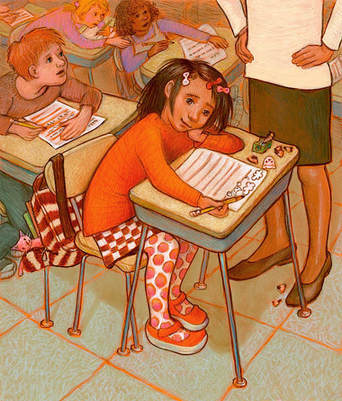 Last year, five minutes of painting/drawing, using the computer, or writing made my hand go completely numb. I had to have carpal tunnel surgery. It was simple surgery with a painful recovery—in two ways: 1) Pain-pain. Lots of nerves in a hand. 2) Lots of angst. The whole year before, I’d gradually had to reduce work, until I was only doing small projects with roomy deadlines for existing clients. So by the end of that year, I’d pretty much lost my “hand” (hand-eye coordination) and finally gave in to the idea of surgery. After surgery . . .. Good: Absolutely no numbness. Bad: Absolutely no numbness. Good: Eventually, I could draw and paint again. Bad: Needed lots of practice to get back to my skill level. My mom and I had been going to weekly life drawing sessions. Before the surgery, I would draw five minutes, shake my hand, rest it five minutes, then draw again. After surgery, driving the 16.2 miles each way was the accomplishment. But after a month of physical therapy, I was drawing and painting again, getting used to my “new” weak, shaky and uncoordinated-but-numb-free hand. I’m still going to life drawing. Working in my studio now, too. Getting my “hand” back—both the use of it and hand-eye coordination. I’m working on character designs for a silly new story and just finished a week of writing, rewriting, re-rewriting query letters and a synopsis for a #PitchWars entry. There are countless worse situations that others deal with daily, I know. This is just a little plug for the good kind of stubbornness that helps a little with all sorts of trouble. Wishing you plenty of stubbornness, as needed, too,  Nope. It's not a typo. I'm in flux. If you count novels, picture books, or partial chapter books, I'm a writer. If you count poetry, I'm an author. But I've been writing, critique-grouping and not submitting for quite a while. Bravery came first for illustration and graphic design, so I made a living out of it. Now I'm semi-retired and working hard again on my own writing and writer/illustrator projects. Okay, so it shouldn’t be much of a surprise that when I’m writing, I think in visual scenes. When Illustrating, I think of deepening the story.
A friend of mine who used to be my husband, still says, after I recover from something germy, “You’re not back to normal, you’re back to your usual self.” That just about sums it up, I think, for all creative people. He’s a creative thinker, too. Scientists need to be, at least part of the time, so . . .. Long ago at UCONN, I had the privilege to attend Francelia Butler's Children's Literature class — and the luck to raise my hand before she was done asking if anyone wanted to drive Maurice Sendak from his home to hers so they could attend a conference together.
Mr. Sendak was lovely, gave me a tour of his studio, and signed my five-year-old copy of Where the Wild Things Are. I was blown away by the honor, but knew he was in for a "bad surprise." His ride was an elderly Chevy with two colors of primer and Bondo comprising most of its outside and no heat on the inside, due to a mouse living in one of the heater ducts. He managed to hide his dismay after one shocked second. Once he realized, 1) the engine was in working order, and, 2) he'd never get to the conference in time if he refused to get in, he consigned his fate into my hands. He sat, shrugged under the quilt I'd brought for his comfort (early spring in Connecticut, snow still in the tree shadows) and proceeded to chat amiably the whole two hours of travel time. I'll never forget how open and hilarious he was. It was my first close-up experience with how wonderful children's book authors/illustrators could be. Maurice Sendak died May 8, 2012, of a stroke. While we still have the legacy of his groundbreaking work and its effect on children's literature, I miss his truthfulness. 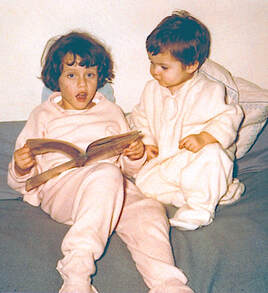 When I was young, my books were well loved—sometimes doing double duty in block towers, other times, as a source of past-bedtime sneak-reading under the covers, lit by the glow-in-the-dark eye of my owl puppet, one word at a time. When I was old enough to write stories, they were mighty similar to those lit by owl light. But that changed. After I began to write about things I noticed on my own, my seaweed poem somehow ended up in a gallery window next to my mom's artwork. It was the first time unfamiliar people could read what I wrote. I still remember that thrill—plus the unexpected feeling of vulnerability. Writing is like that. Actually all creativity is—whether it’s art, dance, music, science, math—you need to be both brave and vulnerable to create something new. Otherwise, you stick with what’s safe and you (and others around you) eventually leave or go nuts with boredom. 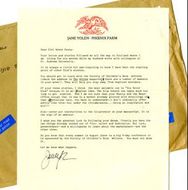 Kindness and Good Advice Over twenty years ago, after reading Jane Yolen's Touch Magic, I wrote her an enthusiastic fan letter, enclosed some enthusiastic picture book manuscripts, and sent it to her publisher with a request to forward it. Amazingly, they did. Even more amazingly, Ms. Yolen wrote back . . . from Scotland . . . diplomatically suggesting that I might like to join the Society of Children's Book Writers and Illustrators. I did, and still am a member. The SCBWI taught me how much I didn't know about writing and illustrating for children, how badly I wanted to learn, and inspired me to share what knowledge I had. It provided a whole world of encouragement for staying open, vulnerable—creative! I'm shy in crowds but co-created/ran three SCBWI events with author/illustrator Carol Heyer. I even spoke in front of nearly 200 people at a Writers' Day conference without crying. My illustrations were published with the help of longtime rep (now retired) Ann Remen-Willis: five non-fiction trade books, countless educational books, and many illustrations in Ladybug, Cricket, and Highlights magazines. So, Bravery Okay, children’s illustration—check! I want to do more, but bravery's already there. Writing’s been my last holdout. Fear and necessity squeezed writing into the spaces between freelance work and family. Lots was written, but almost no submitting. Just two children's poems published in Ladybug. It’s taken decades of reading, experimenting, and revising to write at what I’m hoping is at a professional level in a way that resonates with children. I love writing, even the frustrating parts. It unscrambles my brain, makes me laugh, and fills my heart. Now that I’m semi-retired, I get to write. And submit. I’m no longer closeted. I'm coming out. Hopefully, it won’t take anyone as long as it took me. If you’re wondering, please know it doesn't matter who you are or what your initial skills are. Keep at it. Keep learning. Read new books, Read aloud. Keep being as brave as possible. Join SCBWI. Surround yourself with encouraging, funny, and open people. Listen to your own inner voice. Listen to real children. Volunteer at a school like I did, or do your own bit with sharing and be ready for surprises, chance, and change. It's never boring and it just might be what fills your heart. |
Works in Progress:
|
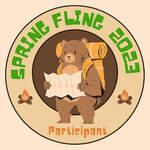
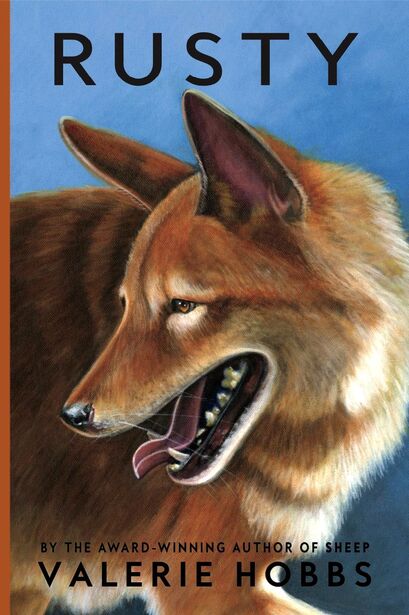
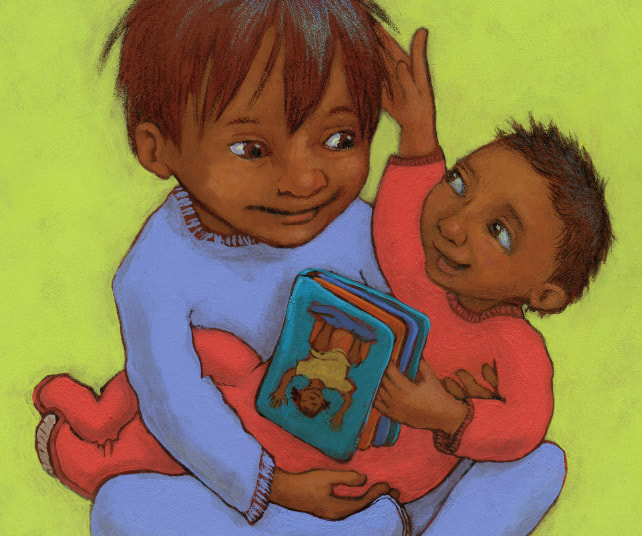

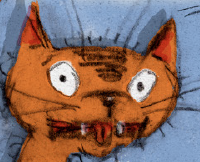
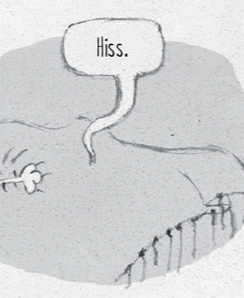
 RSS Feed
RSS Feed